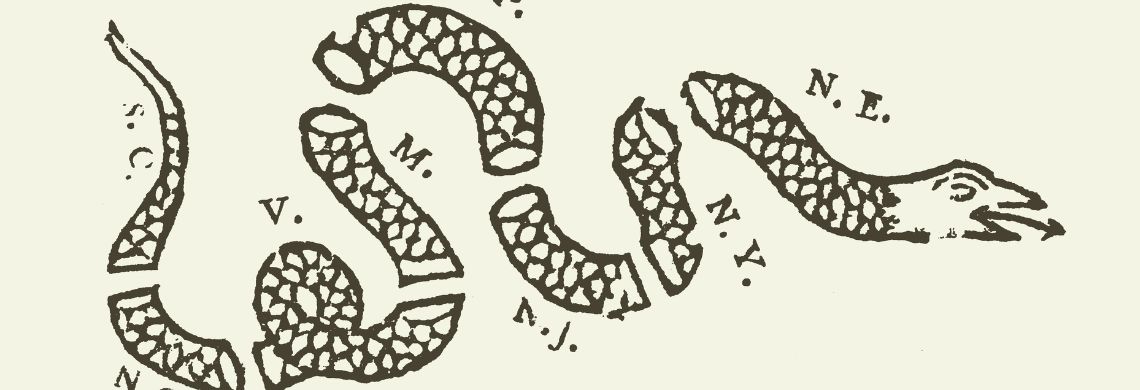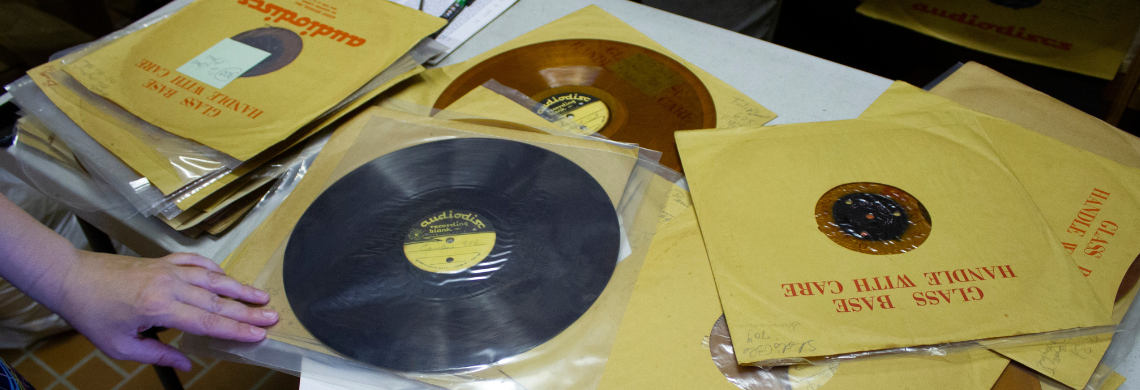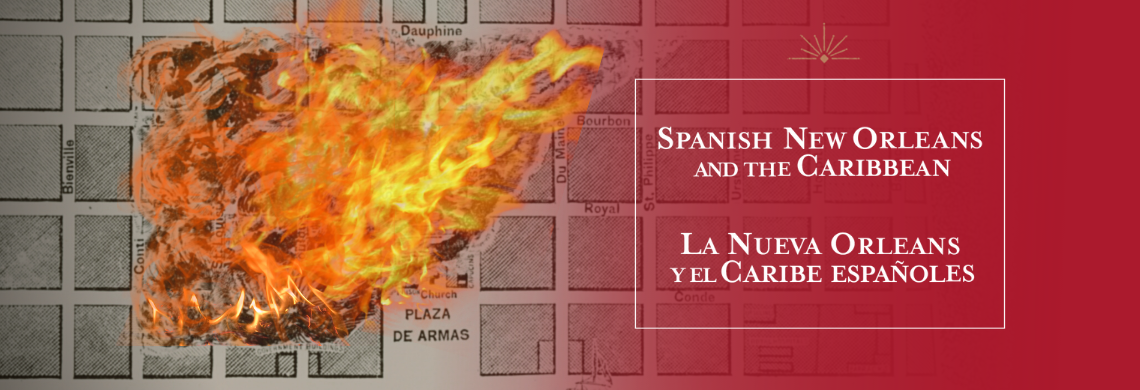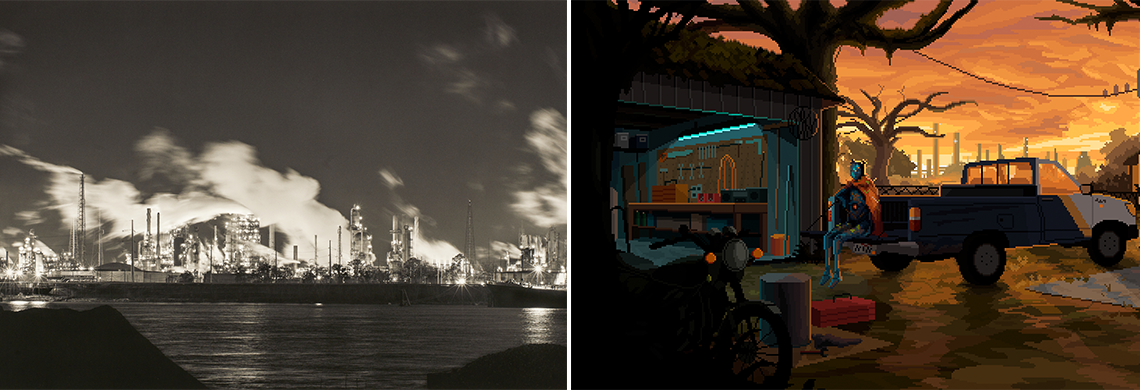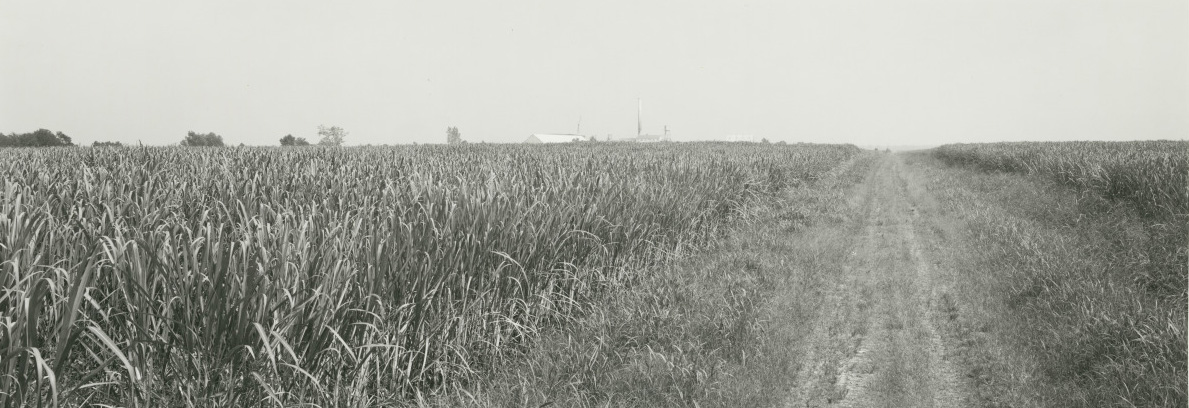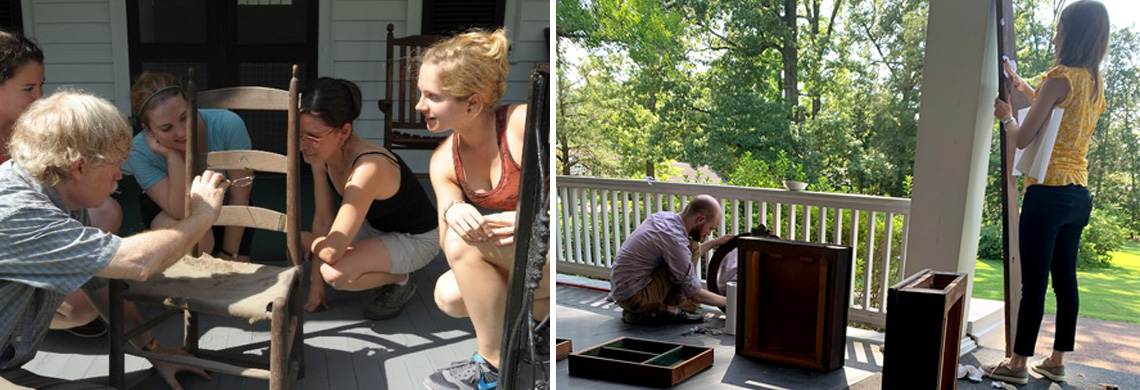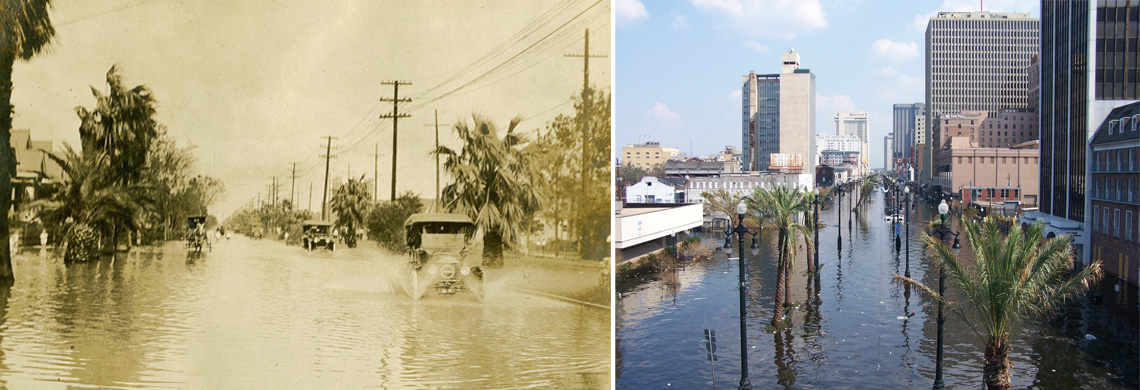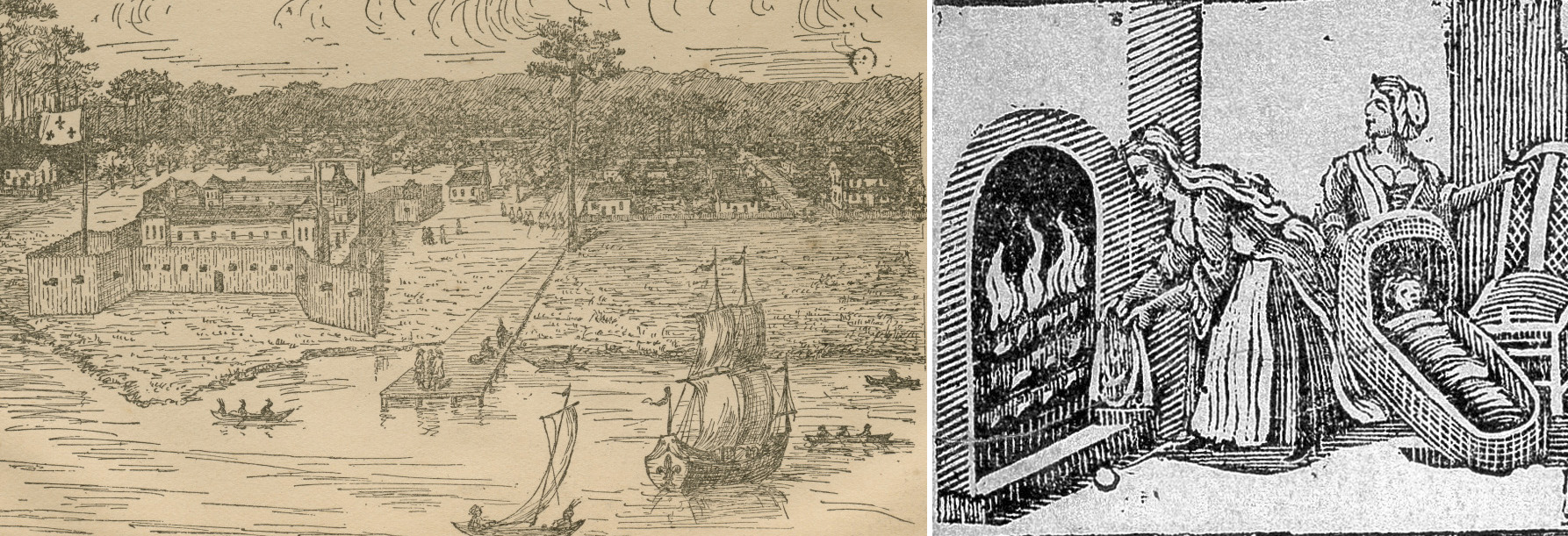A rare type of wooden mortar and pestle illuminates the history of food, culture, and labor in Louisiana.
As the young republic formed and took its first steps, print media served a crucial role in uniting the nation.
Two THNOC staffers share their work to rehouse the fragile glass-disc masters of 1940s jazz recordings produced by Bill Russell.
Inspired by the Enlightenment, Spanish king Carlos III enacted broad-ranging reforms across the Spanish empire, leading to major improvements in Spanish New Orleans.
Two great fires destroyed large portions of New Orleans during the city’s Spanish colonial era. The disasters spurred major changes to the cityscape that can still be observed today.
A Q&A with Yuts, the pseudonymous creator of the acclaimed indie game Norco, and Richard Sexton, photographer and author of Enigmatic Stream: Industrial Landscapes of the Lower Mississippi River.
Norbert Rillieux patented the process of sugar refinement changed the industry, but the free man of color faced racist discrimination from the government and clients.
Damage from fire, water, or other natural disasters can ruin possessions and memories. Here are a few tips to rescue damaged items, and advice on when to seek professional help.
After Hurricane Ida, we spoke with a climatologist to grasp the differences between the two monster hurricanes and compare them with other cataclysmic storms in Louisiana history
Life in the colony of Mobile was precious, so why did Bienville, the de facto ruler, slash the salary of the only Midwife?



